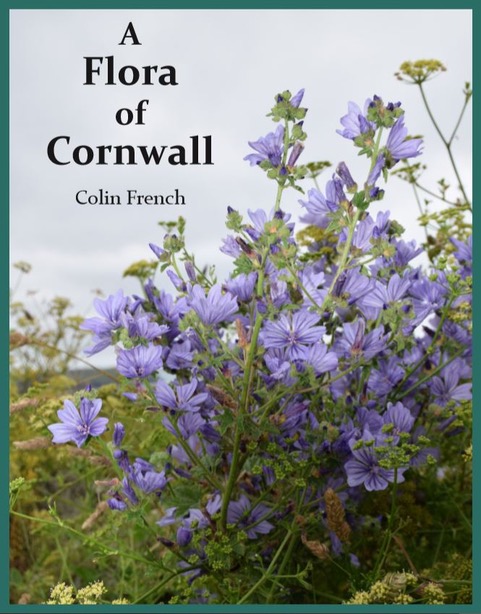Nature Notes March 2022
 March is a time of high activity in the world of Nature. Come to think of it, it is also a busy time for us humans too!
March is a time of high activity in the world of Nature. Come to think of it, it is also a busy time for us humans too!
However, in Nature what happens, and when, is not fixed by a calendar as our lives so often are. The changes for flora and fauna are determined by factors like light and shade, length of daylight, rising air, sea and ground temperatures, wind, rain, and weather, each of which plays a part.
What we do see is new growth, emerging early flowers, buds on plants, and leaves on trees, beginning to respond to the changes in climate, as we approach the spring equinox on the 21st of March. This is the date when the number of hours of daylight and darkness are equal, as the sun is directly over the equator. Following this we begin to have more and more daylight than darkness, with its consequent effect on not only flora but also on wildlife.
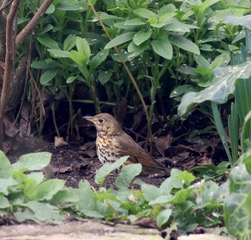 All is stirring; and one of the differences we notice is increasing birdsong, as birds seek mates. For many of us identifying wildlife by sound is extremely difficult. We all know the sound of the Cuckoo, now a bird that is rarely heard on the Roseland; and most of us know the sound of Tawny Owls, but how many more can we recognise? The beautiful sound of a dawn singing Song Thrush always sticks in my memory, its repetitive notes distinguishing it from the Blackbird. But what of others?
All is stirring; and one of the differences we notice is increasing birdsong, as birds seek mates. For many of us identifying wildlife by sound is extremely difficult. We all know the sound of the Cuckoo, now a bird that is rarely heard on the Roseland; and most of us know the sound of Tawny Owls, but how many more can we recognise? The beautiful sound of a dawn singing Song Thrush always sticks in my memory, its repetitive notes distinguishing it from the Blackbird. But what of others?
A good way of beginning to identify by sound, if you have access to websites, is to watch videos or listen to the recordings you can find there. I know I have highlighted this before, during the early months of covid lockdown, but I cannot over-emphasise its importance for the recognition of birds and mammals.
The RSPB, the Woodland Trust, the Wildlife Trusts, and the BTO all have sections on sounds worth exploring. On other parts of the web is one of my personal favourites www.british-birdsongs.uk.
Various YouTube videos devoted to bird song are also quite fascinating. For example, on YouTube watch and listen to British Birds-Nocturnal Voices It is very professional.
Particularly useful, if you have a smartphone, are apps of birdsong you can download. From Google Play or Apple iOS UK “Birds Sounds Pro” is one I would recommend. Microsoft’s “Tweeter” is good too.
Here are a few samples of some common birds:
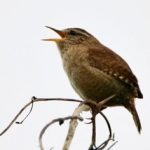
Wren , Black Cap, Great Tit
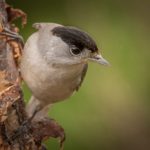
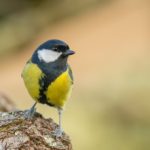
For mammals, the site to visit is sounds.bl.uk. This is the sounds section of the British Library environment and nature website where a very comprehensive list of UK wildlife sounds is available. Look through their UK A-Z to check for which animal, bird, reptile, or amphibian you believe you may have heard, from badger and red fox to frog and  toad, grey squirrel, fallow and roe deer, cricket and grasshopper, even mole! Well worth a listen. With help from these sites, you should soon improve your ability to recognise fauna in the wild.
toad, grey squirrel, fallow and roe deer, cricket and grasshopper, even mole! Well worth a listen. With help from these sites, you should soon improve your ability to recognise fauna in the wild.
Get Involved
 If you wish to become involved in any of the following on-going projects we are continuing to develop, please contact me by email,  hallruan@aol.com , or phone 01872 501429 or through Facebook messenger, or talk to any of our strategy team at our public events. Look out for their stickers!
Here is some of what we are up to, in addition to our newsletters, walks and talks and photographic contributions to social media: –
The Wild Flower Pollination Project on five sites, we are looking for members to be custodians of specific sites in their village.
Village Hedgehog survey
Otter Survey, along coastline and river mouth
Wetland Bird Survey, in marsh, river and bay
Barn Owl survey, site specific
Marine shoreline surveys
Grassland habitat survey
Three of our group have been writing a book specifically on “Nature Walks on the Roseland”. The walks are described, the maps are inserted, the wildlife is annotated, but we would like it to be evaluated in the field, I believe “ground proofing” is the term used to do this. You might be interested in taking part by adding, amending, correcting, assessing accuracy, extending the flora and fauna lists, for example on a particular walk.
We are also looking at contributing information on local nature to apps through collaboration with existing walks apps.
So, there is lots going on for you to become a part of if you wish.
Thanks to you all for supporting Wild Roseland,
David Hall
A Flora of Cornwall with Colin French
Tuesday, 29th March 2022, 7.00pm
Gerrans Parish Memorial Hall
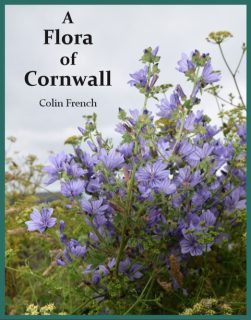
Our next event promises to be quite jaw-dropping in terms of its creation, its surveying and production. Dr Colin French of the Botanical Society of Britain and Ireland will give a presentation on the Flora of Cornwall. He is the Vice-County Recorder for the Cornwall Botanical Society.
The book he has produced is quite staggering in its comprehensiveness. A small group of stalwarts of the Society decided to update the Flora of Cornwall book published in 1999 starting with existing records and publications going back to the 1800’s They also decided to survey the botany of every single 1km map square of Cornwall, in each of the 4 seasons of the year, using field visits, photography and GPS map correlation.
The encyclopaedic work started in 2007 and was completed in 2019. Their 12 years of fieldwork, plus the existing known information, produced a survey based on two and a quarter million flowering plants and ferns, computerised records with each map referenced and pin-pointed.
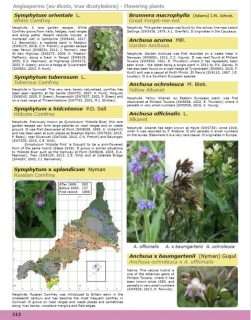
This led to the most comprehensive record of Cornwall’s Flora which has ever been produced, a 550-page, A4+ size book with 1200 distribution maps and more than 1500 photographs. Additionally, and most interestingly, there are also sections examining the effects of climate, geology, soils, topography, mining, quarrying and agriculture. There is also information on vegetation history, key habitats, botanical regions, and recording history, the losses and gains, and rare and threatened plants.
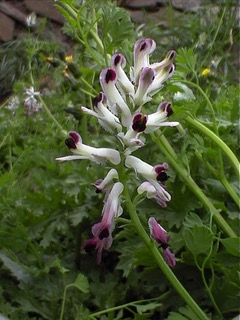 Nor are any punches pulled in terms of what we are doing to Cornwall. The essays which set out the survey at the beginning are particularly thought provoking. I quote some extracts from the preface looking at land use in Cornwall “The backdrop to this book is a recognition that Cornish wildlife is continually being denuded and much of the landscape is being managed in an unsustainable way. There must be a better way forward as it is suicidal to continue killing the land with chemicals and to treat wildlife as an unnecessary hindrance to progress.”
Nor are any punches pulled in terms of what we are doing to Cornwall. The essays which set out the survey at the beginning are particularly thought provoking. I quote some extracts from the preface looking at land use in Cornwall “The backdrop to this book is a recognition that Cornish wildlife is continually being denuded and much of the landscape is being managed in an unsustainable way. There must be a better way forward as it is suicidal to continue killing the land with chemicals and to treat wildlife as an unnecessary hindrance to progress.”
So if you want to hear more come along to the meeting to be held as usual in Gerrans Parish Memorial Hall. Admission by donation. Copies of the book will also be available to purchase at a special reduced price only at the event.
 All our evening meetings will take place in Gerrans Parish Memorial Hall. Car parking is free for anyone attending. Admission is by donation, and agreement to abide by whatever advice is in place currently for that venue regarding Covid.
All our evening meetings will take place in Gerrans Parish Memorial Hall. Car parking is free for anyone attending. Admission is by donation, and agreement to abide by whatever advice is in place currently for that venue regarding Covid.
Acknowledgments to:
David Hall for the article
Photos:
Jane Lewarne, Crocus
Maggie Glass, Song Thrush
Jane Lewarne, Singing Wren
Stuart Martinez, Blackcap, Great tit, Fallow deer
Colin French, Cornish Ramping-fumitory
Colin French, Perennial Centaury

